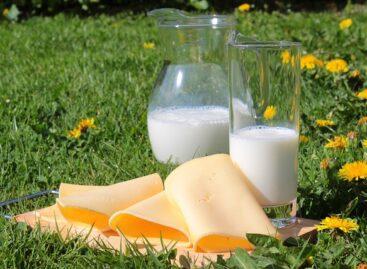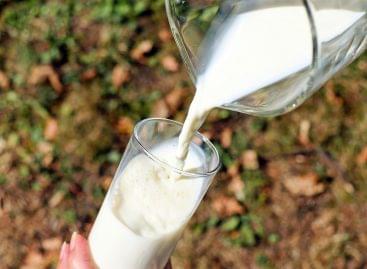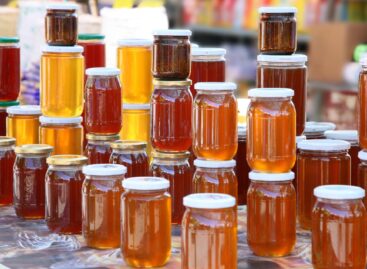UHT and fresh milk price competition: how have milk market trends changed?
Recent years have brought significant changes to the Hungarian milk market, where the price difference between fresh and UHT milk has grown to an extent never seen before. The introduction of the price cap in 2022 kept the price of fresh milk high, while the price of UHT milk remained at a lower level. For this year, however, the prices have leveled off, and the average prices of the two types of milk have become almost the same – writes the Pénzcentrum in a recent article.
 In February 2023, a liter of UHT 2.8% milk was only HUF 299, while the price of ESL (fresh) milk with the same fat content was around HUF 562. After the end of the price cap, the price of UHT milk rose rapidly, and by September, the prices of UHT and fresh milk were almost at the same level, with UHT at HUF 451 and fresh ESL milk at HUF 476 per liter.
In February 2023, a liter of UHT 2.8% milk was only HUF 299, while the price of ESL (fresh) milk with the same fat content was around HUF 562. After the end of the price cap, the price of UHT milk rose rapidly, and by September, the prices of UHT and fresh milk were almost at the same level, with UHT at HUF 451 and fresh ESL milk at HUF 476 per liter.
Changing consumption habits and effects on the milk market
According to the Milk Trade Association and Product Council, the pandemic and price caps had a significant impact on consumption habits. Due to the low prices, the popularity of UHT milk has increased, especially the 2.8% fat version, which sales volume will more than double by 2023.
In addition to market regulations, the demand for lactose-free milk also increased. The growth of this segment is also hindered by the fact that the VAT rate here is still 18%, compared to the reduced VAT of 5% for fresh milk.
Increase in milk prices and imports
According to KSH data, the proportion of imported milk in the Hungarian market is increasing, especially in the case of boxed milk under 2 liters, a significant part of which is used in public catering and the HORECA sector. According to the International Milk Association, the total amount of milk consumption has remained relatively stable over the past five years, but the demand for different types of milk has shown a significant reorganization.
The milk market continues to be shaped by changing prices and consumer habits. Experts expect that the price difference between fresh and UHT milk will remain balanced in the longer term, as long as the regulations affecting the sector remain stable. However, the further increase in milk imports may be a cause for concern for domestic producers, who may have to follow international market trends and prices more closely in order to maintain their competitiveness.
Related news
2026 begins in agriculture amid crises and a wave of investment – banking focuses on the dairy and pig markets, as well as CAP investments
🎧 Hallgasd a cikket: Lejátszás Szünet Folytatás Leállítás Nyelv: Auto…
Read more >Milk market tensions: the Minister of Agriculture posted about the government’s steps
🎧 Hallgasd a cikket: Lejátszás Szünet Folytatás Leállítás Nyelv: Auto…
Read more >The government provides further significant assistance to the domestic dairy sector
🎧 Hallgasd a cikket: Lejátszás Szünet Folytatás Leállítás Nyelv: Auto…
Read more >Related news
KSH: industrial producer prices in November 2025 were on average 2.7 percent lower than a year earlier and 0.3 percent lower than the previous month’s prices
🎧 Hallgasd a cikket: Lejátszás Szünet Folytatás Leállítás Nyelv: Auto…
Read more >Employment at 4.5-year low
🎧 Hallgasd a cikket: Lejátszás Szünet Folytatás Leállítás Nyelv: Auto…
Read more >This is how we eat honey in 2026
🎧 Hallgasd a cikket: Lejátszás Szünet Folytatás Leállítás Nyelv: Auto…
Read more >







